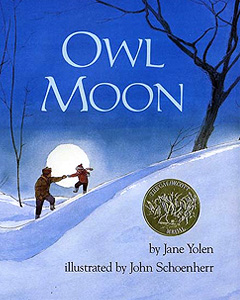A collagraph is a method of printmaking in which a surface--a piece of sturdy paper, cardboard or something else--is used as a base onto which other pieces of paper or other things are collaged. This creates a “printing plate” (whatever surface is covered with ink and printed is called the printing plate) which can be rolled up with ink and printed onto to paper or another surface. The ink adheres itself to the raised surfaces of this plate but not to the sunken areas. So the edges around each collaged element shows up as negative space without ink when printed. The relationship between the areas that catch the ink and the areas that don’t is what makes the composition. To create these collagraph prints, students cut pieces of oaktag paper and arranged and glued them onto a base sheet of oaktag, like a collage using one color paper. Once the gluing of different pieces of paper onto the base paper was complete, students rolled printmaking ink onto the printing plate. Then they rolled them through our mini printing press to create these prints. The prints become mirror images of the printing plates. So, in the case of Ethan and Isaac’s prints, they needed to glue the letters of their names in mirror image in order to have them print normally. The collagraph plates can be printed over and over, using different colors of ink and experimenting with different colors and types of paper.
 |
| The same plate by Joseph (5-346) printed in different colored inks on different colored paper. |















































